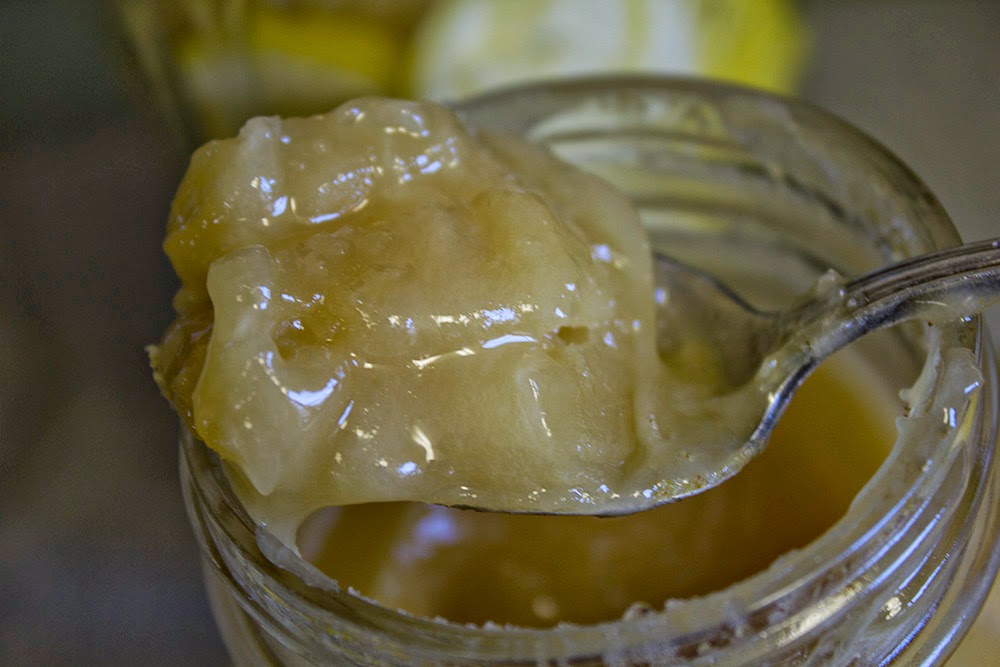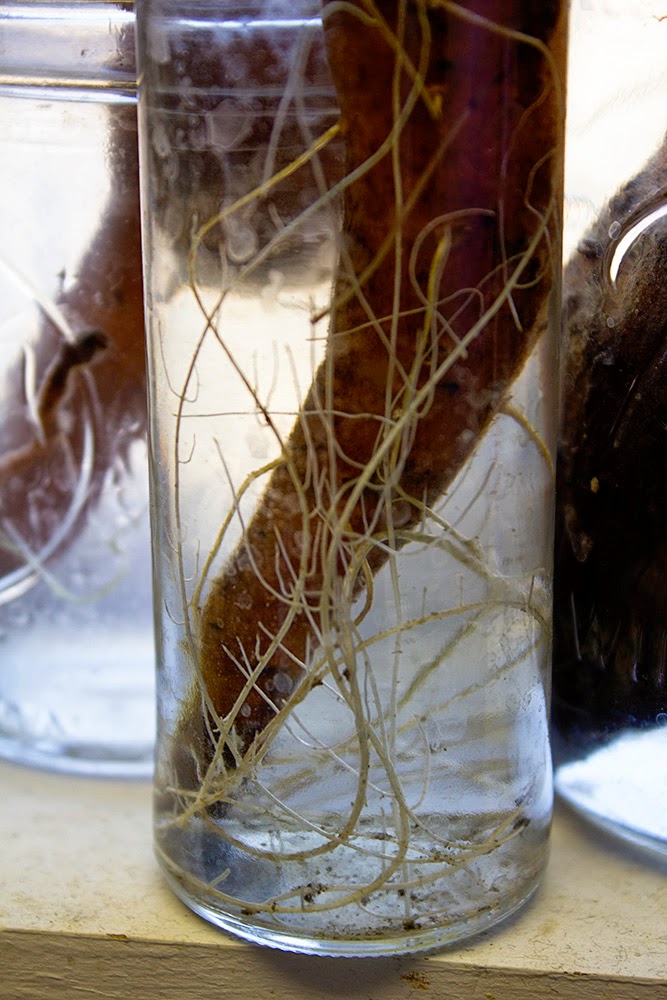If you have read yesterday's post with the links on crop rotation, you will have noticed that it's as much about art as science.
In addition, if you've compared the rotation lists with the companion plant lists from a few days earlier, you might be thinking there's no way to consolidate all that information into one easily executed plan.
You're not alone. I feel that way, too.
Start simple. Choose the tack you want to take first [Companion plants? Rotation?]. Do just one new thing every year and let yourself get used to it. Keep a few records and re-evaluate next season.
Here is how I rotate my beds. Last year I had things planted this way.
1. Tomatoes, eggplant
2. Potatoes
3. Summer Squash and melons
4. Peppers, fennel, basil
5. Beans
6. Winter Squash
Every year, I move things down one number. So, this year I'll have things planted this way:
1. Winter Squash [heavy feeders]
2. Tomatoes, eggplant
3. Potatoes
4. Summer Squash and melons [heavy feeders]
5. Peppers, fennel, basil
6. Beans
If you read through any of the links above, you'll notice one big family missing in my garden: brassicas [kale, cabbage, Brussels sprouts, broccoli, etc.] Our cabbage worms are so bad here that I quit trying to grow brassicas. I'll try again when I can find some row covers. In the meantime, I just leave them out of the rotation.
I know that the two squash beds are heavy feeders, so every fall, I dump a lot of chicken dirt on them for the winter. In the spring I dig it in deep. The rest of the chicken dirt goes in a compost pile for the winter and in the spring I use that to top dress all the rest of the beds. [Top dressing is just sprinkling compost around in a thin layer on top without digging it in.]
I do have a couple of permanent beds: sweet potatoes, asparagus, strawberries, rhubarb/peas/cukes. They are not rotated because they are either perennial plants or because the beds have permanent structures made especially for those crops. For example, the sweet potato bed is extra deep and the peas/cukes bed has trellises. These beds get well fed every year since I can't rotate them.
To top it all off, I take 2 beds in the fall and plant them for winter. I've been planting where the tomatoes were and where the summer squash were. That might change this year.


















































